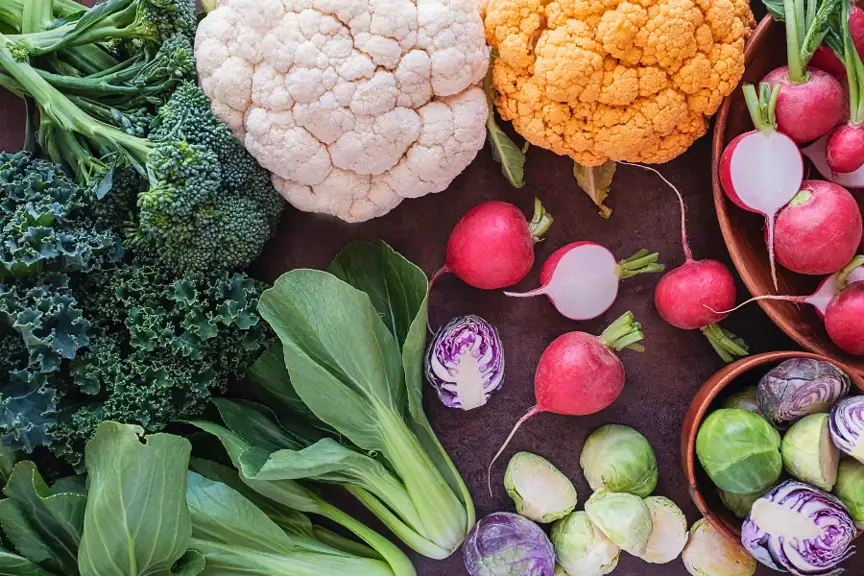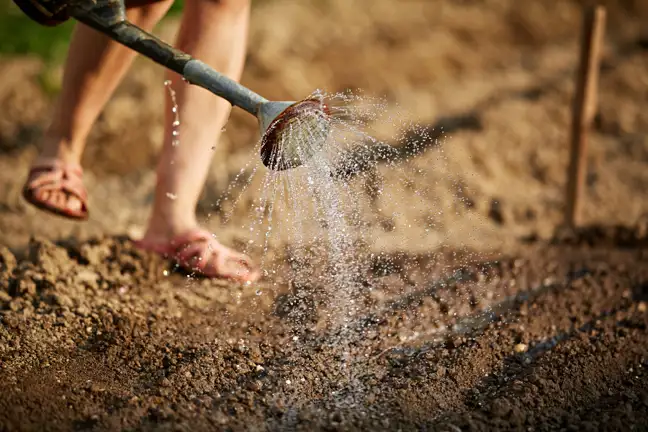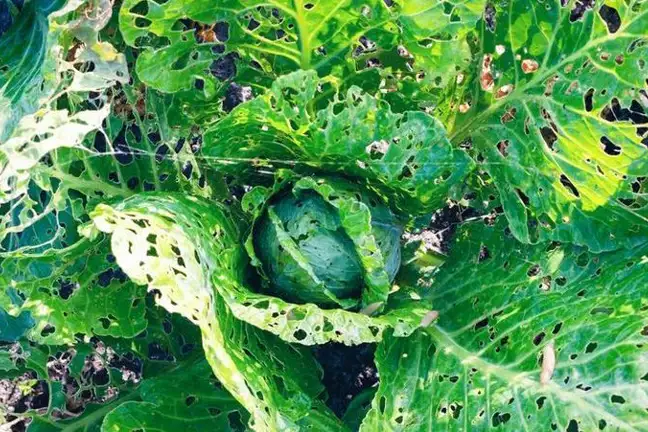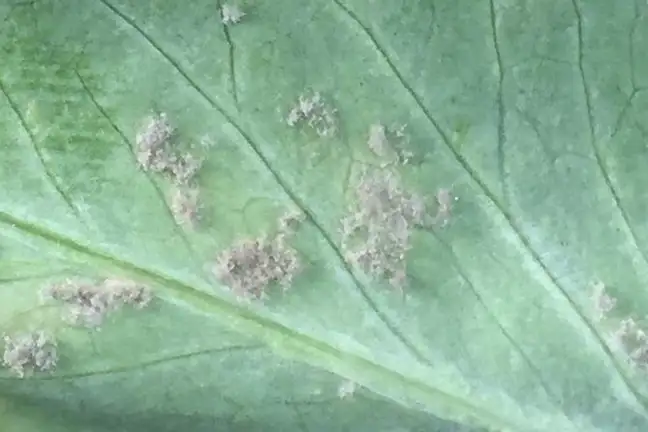How to Grow Brassicas


Brassicas is the name given to a family of plants that includes popular vegies like Broccoli, Cabbage, Kale, Cauliflower and Brussels Sprouts, and Asian Greens like Tatsoi and Buk Choy. Brassicas are also referred to as cole crops or crucifer vegetables. They're rich in vitamins, minerals and dietary fibre and are reported to contain natural compounds that stimulate our immune system. They're also an important source of antioxidants. Everyone should be growing some brassica vegies!
Many vegies in the brassica family grow during the cooler months. They're sown or planted in late summer or early autumn, ready for harvest in late autumn and winter. There are also brassicas that can be grown during other seasons. So, you can keep your kitchen stocked throughout the year with beautiful home-grown brassicas. Check the seed packet of your chosen brassica for the best sowing time in your area.

Most varieties of Broccoli produce a large green tightly packed and delicious head, surrounded by lush grey-green leaves. Broccoli takes around 16 weeks from sowing to harvest.

The dense creamy heads of this versatile vegie make it a home-grown favourite. There are Cauliflower varieties that can be grown year-round in warm and temperate areas.

From vibrant plum-coloured petite 'Red Mini' Cabbage to crisp and sweet 'Sugarloaf' Cabbage, and Chinese Cabbages like Buk Choy, there's a Cabbage variety for everyone.

If boiled Brussels Sprouts doesn't sound appetising, there are much tastier ways to cook them nowadays. Try them drizzled with olive oil and then baked in the oven or air fryer - they'll soon make a comeback to your dinner table! You can pick Brussels Sprouts over an extended period, making them a great inclusion in your vegie patch.

Tatsoi, also known as Spoon Mustard, is a compact leafy brassica vegie that is ideal in Asian-inspired cuisine. It can be grown in a vegie patch or pots, so it's great for small space gardens. Tatsoi is easy to grow from seed, and tender baby leaves can be picked just 3 weeks after sowing.

Often referred to as a 'superfood', Kale is a productive leafy brassica used in salads, smoothies and stir-fries. It can even be baked into 'chips'!
Choose the right amount of sunshine for your chosen brassica. Most brassicas need at least 6 hours of sunshine a day. Some brassicas, such as Tatsoi, will tolerate part shade.

Some brassica seeds can be sown direct where the plants are to grow. Other brassicas are best sown in punnets or seed trays of Yates Specialty Potting Mix Cuttings & Seeds and the seedlings are later transplanted into their final home when they're large enough to handle. The seed packet of your chosen brassica will indicate the best way to sow seeds.

Brassicas grow best in soil that's rich in organic matter. Before sowing seed or transplanting seedlings in a garden bed, improve the soil beforehand by mixing in some Yates Dynamic Lifter Soil Improver & Plant Fertiliser. This will help give the seeds or seedlings a great start.

When growing brassicas in pots, use a quality potting mix like Yates Premium Potting Mix with Dynamic Lifter.

Keep the soil or potting mix consistently moist while the seeds germinate and the seedlings establish.
To promote healthy brassica growth, the soil or potting mix should be kept consistently moist. If the plants dry out or have insufficient moisture, it can lead to a reduced harvest or plants bolting to seed (flowering and setting seed) prematurely. Applying mulch, such as sugarcane or pea straw, around the base of plants will help to keep the soil or potting mix moist.
It's best to water plants around their base, rather than over the leaves. This helps to keep the leaves dry and reduces the incidence of disease.
Brassicas are heavy feeders and and require lots of nutrients to encourage the best possible growth and harvest. Once brassica seedlings are established, feed the plants every 1-2 weeks with Yates Thrive Natural Vegie & Herb Liquid Plant Food. This liquid fertiliser contains more than 50% natural ingredients, boosted with fast-acting nutrients, to help boost the health and harvest of vegies like brassicas.
The seed packet will provide an indication of how many weeks it will take from sowing until harvest. For example, Cauliflower takes approximately 15 weeks to grow from seed until it's ready to harvest. For heading brassicas like Broccoli, Cauliflower and Cabbage, cut off the entire head while it's still tight and compact. For leafy brassicas like Buk Choy and Tatsoi, individual leaves can be picked as needed, or the entire plant all harvested at once.

Brassica vegies are unfortunately prone to several common pests, including chewing pests like Caterpillars, Snails and Slugs, and sucking insects like Aphids.

Brassica vegies are attractive to several Caterpillars. They can chew through leaves and into the heads of Broccoli, Cabbage and Cauliflower. One of the most common is the Caterpillar of the Cabbage White Butterfly which is smooth and green.
To control various Caterpillars (including the White Cabbage Moth/Butterfly) on vegetables, spray plants with Yates Nature's Way Caterpillar Killer - Dipel.

Snails and Slugs are particularly common during damp weather and can decimate Brassica seedlings as well as eat into more mature plants.
To stop Snails and Slugs attacking your brassicas, sprinkle Yates Snail & Slug Bait around the base of plants.

Aphids are small sap sucking insects that cause leaves to distort and yellow. The grey Cabbage Aphid is a common pest of Brassicas.
To control Aphids on brassica vegetables, spray plants with Yates Advanced Garden Insect Killer Ready To Use.

Brassicas can be affected by diseases like Downy Mildew. Leaves can develop yellow patches, followed by whitish downy growth on the underside of the leaves.
To control Downy Mildew and various other diseases, dust brassicas with Yates Tomato & Vegetable Dust - also registered for the control of Caterpillars and Aphids.